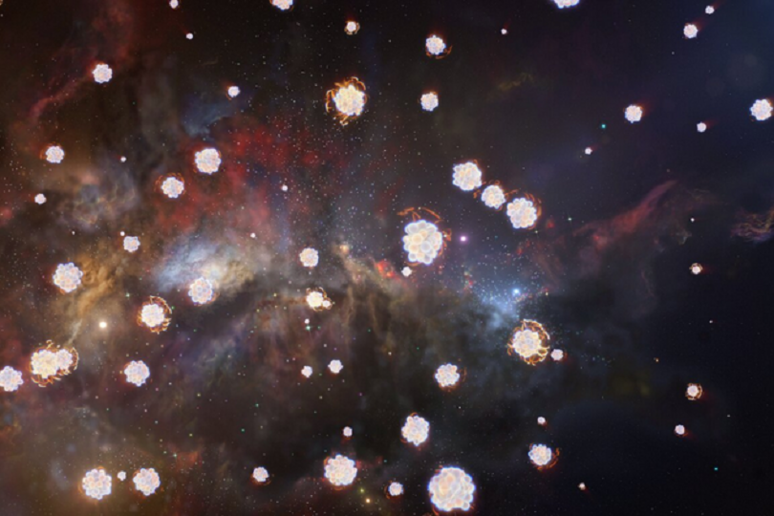Traces left from the explosion of the first stars in the universe have been seen in clouds of gas dating back to 11 billion years ago, when the universe was still very young.
The study, published in The Astrophysical Journal, was conducted by the Paris Observatory, the University of Florence and Italy’s National Astrophysics Institute (INAF), and is based on data from the Very Large Telescope (VLT) of the European Southern Observatory (ESO), in Chile.
“For the first time ever we are able to identify, in very distant clouds of diffused gas, the chemical traces of the explosions of the first stars, those which were formed after the Big Bang", says the lead author of the study, Andrea Saccardi, a doctoral student at the Paris Observatory.
In order to seek the tell-tale sign of the first stars that formed from the primordial gas, the team studied for the first time the chemical composition of diffused gas clouds, iron-poor and distant. It was possible to do so thanks to a very strong light source behind the clouds: quasars, very far-off galaxies that house supermassive black holes in an active phase. The extremely powerful light of the quasars, travelling through the universe, passed through the gas clouds, and it was modified by the different chemical substances present in them. These traces were detected by the X-shooter spectrograph of the ESO’s VLT.
Riproduzione riservata © Copyright ANSA













